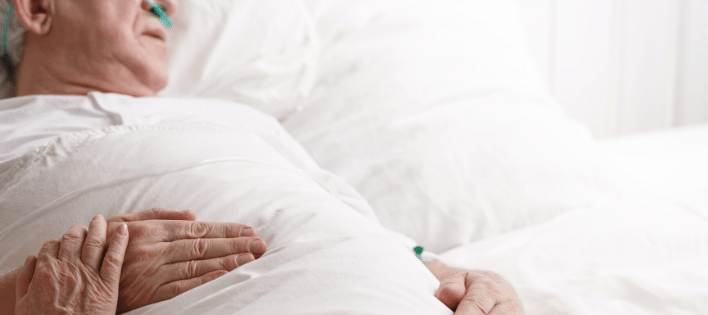Patient Falls in Hospitals
About one-third of all seniors in Canada experience a serious fall annually. The total healthcare cost for these mishaps reaches nearly $2 billion every year. What can be done about fall prevention in hospitals and how can you get legal help related to patient falls in hospitals?
Falls in Hospitals
Patient falls in hospitals are, unfortunately, a common occurrence in Ontario and elsewhere. How common? Between 40 and 60 percent of all long-term patients in medical facilities fall at least one time per year.
Plus, falls in hospitals account for nearly half of all incidents at inpatient facilities in Canada. This is proof that even with stringent fall-prevention programs in place, many people are facing serious and sometimes permanent injury from falls in hospitals.
Recourse for Patient Falls In Hospitals
Pursuing a legal case against whoever is at fault for a patient’s fall is a complex situation. There are numerous factors involved and the outcome of such a case depends on multiple facts, all of which must be meticulously documented. As a general legal rule, claimants sue under the Ontario “Occupier’s Liability Act” for a “slip and fall” type injury.
It doesn’t matter who owns the property. It might be a retail store, a hospital association, a homeowner, a school district, or a municipality. The key issue is proving negligence, a central component of every liability claim in the courtroom. What are some of the common scenarios that result in a lawsuit?
- Slippery walkways
- Wet tile floors in classrooms, hospitals and retail stores
- Dark hallways
- Walkways blocked by litter or other objects
- Ice and snow on driveways or sidewalks
Know About the Limitation Periods for Filing a Lawsuit
In general, you have two years to initiate a legal claim against the owner of the property where you fell and sustained your injury. But be careful. As is the case with so many legal issues, there are multiple exceptions to the general rule. For example, if you fall on property owned by a city or municipality, the law requires you to notify the property owner within 10 days of the incident that you intend to sue. There are numerous other exceptions.
What’s the wise approach? Hire a lawyer who has experience with filing cases related to hospital falls in Ontario.
Legal Help Is Essential
There’s no way to succeed in a claim for falling in a hospital unless you have competent, experienced legal help. What kind of compensation might be awarded to you upon a successful lawsuit?
- General suffering and pain, both physical and psychological
- Loss of income
- Expenses for things like medications and medical-related travel
- Future loss of income
What’s more, the amount of your award in a successful case is dependent on the severity of your injury, how it has impacted your daily life, your age, whether you were partly in fault for your fall, and whether you suffered from any pre-existing conditions at the time of the incident.
It’s obvious that programs for fall prevention in hospitals are not doing enough to prevent serious injuries. Otherwise, there wouldn’t be nearly as many incidents as there are. The other key element of this issue is the complexity of any legal suit filed by a victim. To succeed, you need a good lawyer, well-documented facts and the patience to fight against a large institution.
If you fall in a hospital in Canada and suffer an injury of any kind, contact a lawyer immediately.















